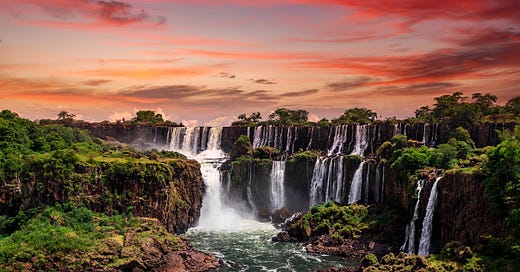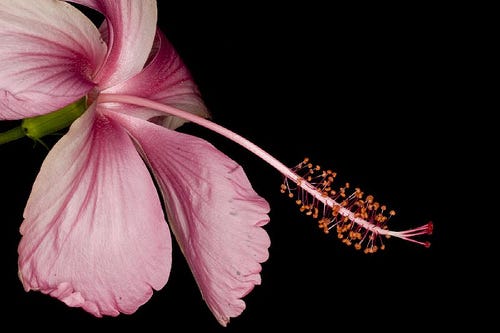30 X 30: Protecting Our Life Support System
We can’t survive, never mind thrive, without nature
Nature or biodiversity are interchangeable terms for the wide variety of living species and ecosystems on Earth that are humanity’s life-support system, providing our food, water, air, and much more.
For example, healthy soil is alive not mere dirt. A single teaspoon of soil can contain billions of lifeforms and up to 50,000 different species. (See NtK: World’s Soils Becoming Endangered.)
Need-to-Know: Our life support system is in bad shape putting us at serious risk.
Consider the following:
Three-quarters of ice-free land and two-thirds of marine environments have been severely altered by human activities.
Wild animal populations have declined 69% since 1970.
Around one million animal and plant species are threatened with extinction in coming decades.
Fortunately, and finally, there is a growing awareness that we can’t survive, never mind thrive, without nature. (That’s why no one is going on a years-long space voyage any time soon.)
Need-to-Know: Every nation has agreed to protect 30% of land and ocean by 2030
One year ago 196 countries agreed to protect 30% of land, inland waterways, and coastal and ocean areas globally by 2030. This is part of the Kunming-Montreal Global Biodiversity Framework negotiated at COP 15 in Montreal last December.
Here’s what countries also promised to do by 2030:
Manage the remaining 70% of the planet to avoid losing areas of high importance to biodiversity
Ensure that big businesses disclose biodiversity risks and impacts from their operations.
Cut global food waste by 50% and reduce the global footprint of food production.
Cut use of highly-toxic pesticides by at least half, while also addressing fertilizer runoff.
Mobilize $200 billion a year in public and private funding for biodiversity protection and restoration this includes at least $20 billion a year to flow from developed countries to poor countries by 2025.
Reduce harmful subsidies by at least $500 billion per year. Subsidies considered harmful to nature are currently estimated to be at least $1.8 trillion per year, according to a 2022 study. ($640 billion for fossil fuels; $520 billion for agriculture; and $50 billion for fisheries.)
Need-to-Know: After decades of abuse, major investments in restoring nature are essential
Reversing the loss of species worldwide will require $528 to $824 billion annually, according to a report by The Nature Conservancy. Most of this money should be redirected from those dumb, harmful subsidies.
As with many environmental problems, we DO have the money, we’ve just been wasting our money on the wrong things.
Until next time, be well.
Stephen






